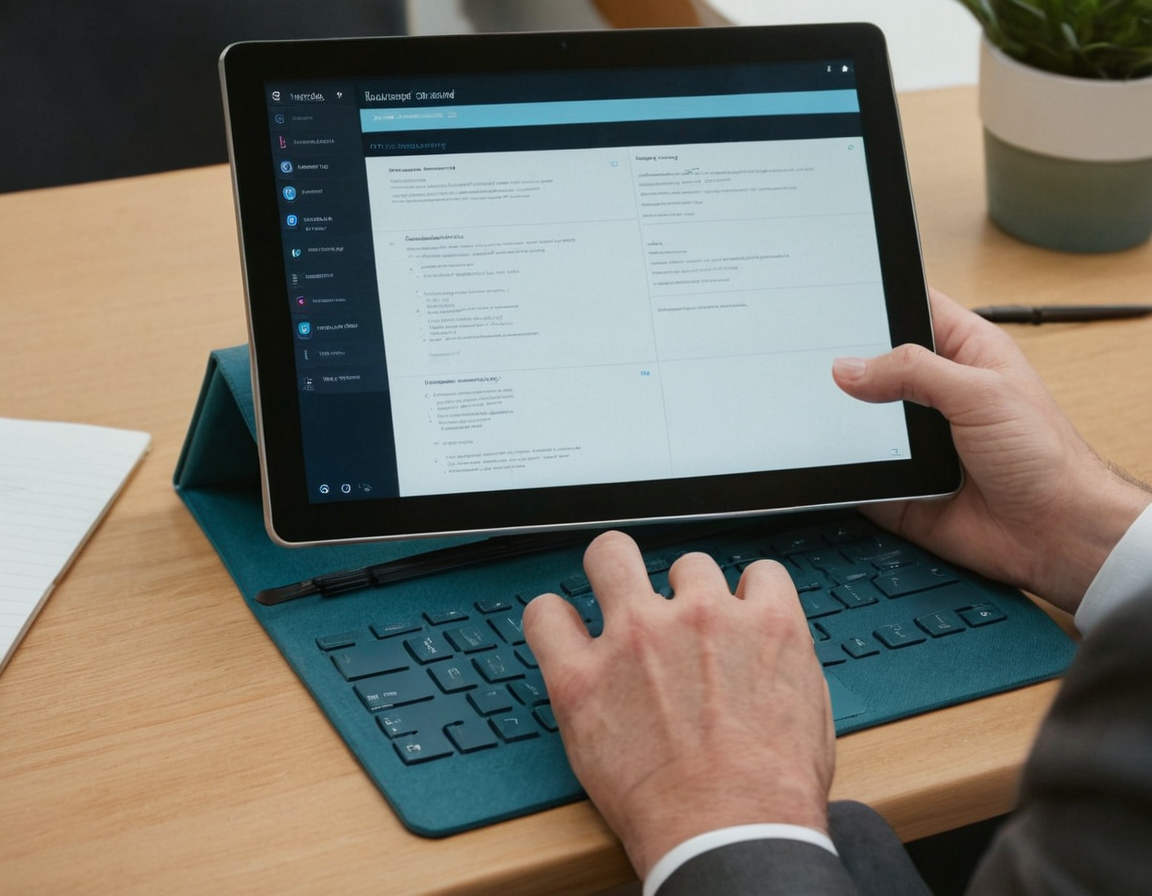Fieldwork Made Easy: Organizing Interviews and Observations via AI Folders
Discover all of ResearchWize’s features to supercharge your academic workflow.

Fieldwork is a cornerstone of many academic disciplines, offering students invaluable insights into the real world. However, organizing the data collected during fieldwork can be daunting. From managing interview transcripts to sorting observation notes, the task can quickly become overwhelming. Fortunately, AI-powered tools are revolutionizing how university students can manage and organize their fieldwork. In this article, we'll explore how AI folders can streamline your fieldwork process, ensuring your data is easily accessible and well-organized.
Understanding AI Folders
AI folders are digital storage solutions enhanced with artificial intelligence capabilities. Unlike traditional folders, AI folders can automatically categorize, tag, and sort your data based on its content. This feature is particularly beneficial for fieldwork, where you often deal with large volumes of diverse data types. By leveraging AI, you can save time and reduce the risk of human error in data organization.
Setting Up Your AI Folders for Fieldwork
Before heading out for fieldwork, it's crucial to set up your AI folders. Here’s a step-by-step guide to getting started:
1. Identify Your Data Types
Start by determining the types of data you'll collect. Common data types in fieldwork include:
- Audio recordings of interviews
- Video recordings of observations
- Textual notes and transcripts
- Photographs and images
Understanding your data types will help you configure your AI folders to recognize and organize them effectively.
2. Choose an AI-Powered Tool
Select an AI tool that meets your needs and is compatible with your devices. Look for features like automatic tagging, search capabilities, and integration with other software you might use, such as transcription services or cloud storage.
3. Configure Folder Structure
Create a folder structure that reflects your fieldwork methodology. Consider organizing your folders by:
- Project or study
- Data type (e.g., audio, video, text)
- Participant or location
- Date or session
This structure will allow the AI to categorize your data more effectively.
Collecting Data: Best Practices
While AI folders can streamline organization, the quality of your data collection process is critical. Here are some best practices to follow:
1. Consistent Naming Conventions
Use consistent naming conventions for your files to aid AI in recognizing and categorizing them. For example:
- Interview_JohnDoe_20231015.mp3 for audio files
- Observation_ParkVisit_20231015.mp4 for video files
- Notes_JohnDoe_20231015.txt for textual notes
2. Use High-Quality Recording Equipment
Ensure your recording equipment is reliable and produces high-quality outputs. Clear audio and video recordings are easier for AI tools to process and categorize.
3. Backup Regularly
Regularly back up your data to avoid loss. Use cloud storage solutions compatible with your AI tool for seamless integration and accessibility.
Organizing with AI Folders: A Workflow Example
Here’s an example of how you might use AI folders to organize your fieldwork data:
- Step 1: After conducting an interview, upload the audio file to your AI folder.
- Step 2: The AI tool automatically categorizes the file based on the naming convention and tags it with relevant keywords (e.g., "Interview", "John Doe").
- Step 3: Upload your observation notes, and the AI tool extracts key phrases and themes, tagging the document accordingly.
- Step 4: Use the search function to quickly locate all files related to a specific participant or theme.
- Step 5: Review AI-generated summaries and tags to ensure accuracy and make manual adjustments if needed.
Overcoming Common Pitfalls
While AI folders offer numerous advantages, there are potential pitfalls to be aware of:

1. Misclassification of Data
AI tools are not infallible and may misclassify data. Regularly review AI-generated tags and categories to ensure accuracy.
2. Privacy Concerns
Ensure that your use of AI tools complies with data protection regulations. Obtain necessary consent from participants and anonymize data when required.
3. Overreliance on Technology
While AI can significantly aid in organization, it's important to maintain a level of manual oversight. Regularly review your data and organization structure to ensure it meets your research needs.
Maximizing the Benefits of AI Folders
To fully leverage the benefits of AI folders, consider these additional tips:
1. Continuous Learning
Stay updated on the latest advancements in AI technology to take advantage of new features and capabilities as they become available.
2. Integration with Other Tools
Integrate your AI folders with other academic tools, such as reference managers and qualitative analysis software, to streamline your research workflow.
3. Customization
Customize your AI folder settings to better suit your specific fieldwork needs. This might include adjusting tagging algorithms or setting up custom alerts for new data uploads.
Conclusion
Organizing fieldwork data can be a challenging task, but with the help of AI folders, university students can manage their interviews and observations more efficiently. By setting up a robust system, adhering to best practices, and remaining vigilant against common pitfalls, you can ensure that your fieldwork data is organized, accessible, and ready for analysis. Embrace the power of AI to simplify your research process and focus more on what truly matters—gaining insights and making discoveries in your field.
- AI Flashcard Generator (Chrome)
- Summarize PDF AI Tool (Chrome)
- Essay Outline Generator (Chrome)
- Best Chrome Summarizer Extension
- Alternatives to ChatPDF
- Chrome Extension for Students
- Install Extension
- See All Features
Ready to Level Up Your Research?
Install ResearchWize and transform how you study, write, and research.
Install ResearchWize Now